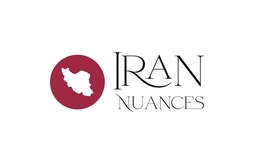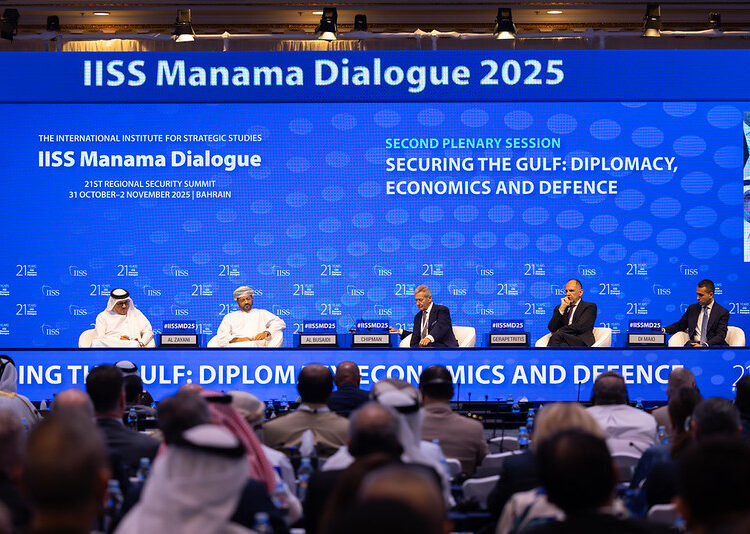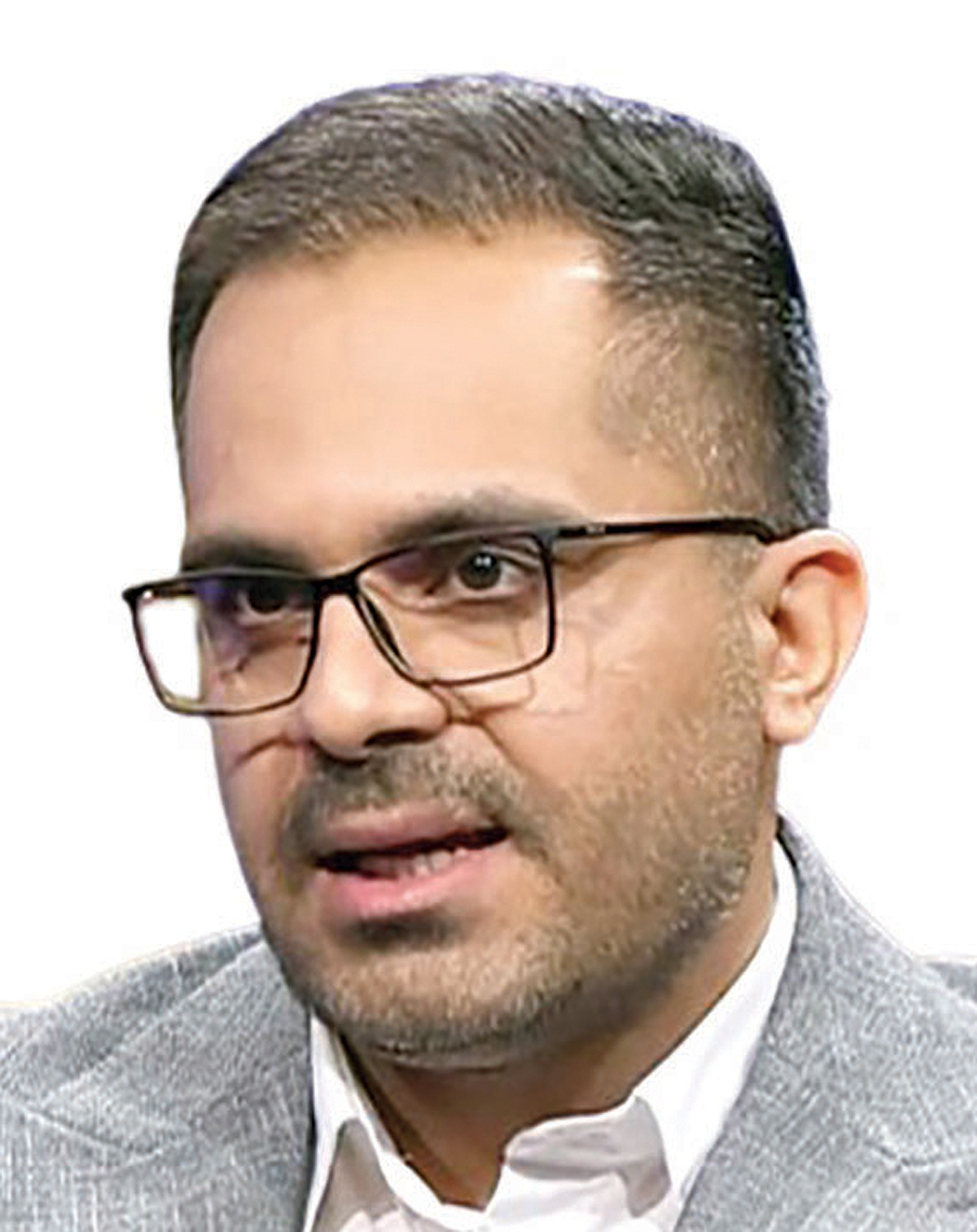By Kamran Karami
The Manama Dialogue, held from 31 October to 2 November, once again placed Iran–GCC dynamics at the forefront of regional political discourse. The remarks made by Arab foreign ministers on how to engage with their northern neighbor underscored a growing recognition of diplomacy over confrontation. The Omani foreign minister, stressing the importance of constructive engagement with the Islamic Republic of Iran, called on GCC members to adopt dialogue-based policies with Tehran and with other states long perceived as rivals. Meanwhile, Bahrain’s foreign minister, hosting this twenty-first session of the forum, emphasized that genuine regional security requires sustained and sincere cooperation among states. He added that resolving Iran’s nuclear issue through diplomatic means remains essential to achieving regional stability.
These statements resonate within a broader pattern of the gradual normalization of Iran–Arab relations over the past three years. The tone of this engagement is especially significant amid the uncertainty that followed the recent twelve-day conflict in the region. Yet, a more fundamental and perhaps underappreciated dimension of this shift can be found in the GCC’s Regional Security Vision Document, released in March 2024. This 15-page framework serves as a roadmap for the Council’s collective understanding of threats, opportunities, and shared courses of action within an increasingly complex and multipolar world.
Key Pillars of the Security Vision
The document outlines four key principles shaping the GCC’s security approach.
- Integrated and Indivisible Security:
The vision underscores that security within the Persian Gulf is collective and interconnected – a threat to one member constitutes a threat to all. This principle aims to institutionalize a coordinated response mechanism across the bloc.
- A Fusion of Traditional and Emerging Threats:
Beyond conventional concerns such as terrorism, regional rivalries, and tensions with Iran, the GCC now formally recognizes issues like energy security, maritime safety, cyber resilience, and climate change as strategic priorities.
- Diplomacy Coupled with Deterrence:
The framework calls for strengthening defense and deterrence capacities in parallel with proactive regional and international diplomacy. It advocates leveraging political and economic tools to sustain stability and reduce dependence on military confrontation.
- Energy and Trade-Centered Global Security:
Acknowledging the Persian Gulf’s pivotal role in global energy markets, the document prioritizes secure maritime routes and energy supply chains alongside continued international cooperation.
Engagement with the External Environment
The GCC’s vision defines its engagement with the outside world on three levels — peripheral, regional, and global — highlighting four core dimensions.
- Symbolic yet Pragmatic Unity
While the GCC presents a formalized image of cohesion, member states continue to pursue distinct national strategies. Saudi Arabia and the UAE are accelerating domestic reforms and military modernization; Qatar and Oman emphasize mediation and soft diplomacy; while Kuwait and Bahrain occupy middle ground. The result is a hybrid posture — outwardly unified yet internally diverse — visible in the contrast between the Council’s joint communiqués and the divergent actions of its members.
- Active Balancing among Global Powers
The GCC’s current strategy of “active balancing” reflects a multipolar outlook. It seeks to sustain traditional security ties with the United States while expanding economic and technological engagement with China and Russia, and maintaining political relations with Europe. The Council’s recent summits with partners from Central Asia, ASEAN, the EU, and the Caribbean exemplify this pursuit of diversified alignments.
- Emphasis on Domestic Resilience
Facing a volatile international landscape, GCC states have adopted two major strategies: first, heavy investment in economic diversification and infrastructure modernization across digital, tourism, and financial sectors; and second, the protection of energy flows and trade routes. The document frames these as essential pillars of long-term resilience and stability.
- Expanding Regional Partnerships
Perhaps the most transformative aspect – particularly relevant to Iran – is the emphasis on expanding regional partnerships with neighboring states and regional organizations. This signals a shift from defensive posturing to active regional policymaking. Yet the practical success of this approach will depend on trust-building and the resolution of intra-regional disputes.
Challenges and Constraints
Despite its broad ambitions, the GCC’s vision faces significant structural and political constraints. Mutual trust among members remains limited, and intra-bloc rivalries, bilateral alignments, and dependence on extra-regional powers continue to undermine cohesion. Moreover, while the document articulates goals and priorities, it lacks clear operational mechanisms such as joint command structures, integrated budgets, or institutional frameworks for collective decision-making. Consequently, managing tensions remains an essential priority as regional uncertainty deepens.
Managing Relations with Iran
Within this evolving framework, managing relations with Iran occupies a central position. Unlike in previous decades, perceptions of Iran have become more nuanced. Saudi Arabia and the UAE, after over two decades of strained relations, now view engagement with Tehran as part of a broader diversification strategy encompassing both political and economic dimensions. This recalibration aligns with a regional trend that prioritizes predictability, maritime cooperation, and the security of energy routes – all linked to economic transformation and climate adaptation.
Building on this shift, practical confidence-building measures – such as joint investment funds, limited defense information exchanges, cooperative maritime exercises, and collaboration on emerging issues like environmental security – could provide a foundation for gradual trust-building. However, the success of such measures depends equally on Iran’s regional posture. Tehran’s previous proposals for regional security initiatives demonstrate intent, but tangible progress requires sensitivity to the priorities and concerns of GCC members and a willingness to align with broader regional frameworks.
For Iran, integrating its approach into a comprehensive regional architecture that goes beyond its traditional partnerships with Iraq, Oman, and Qatar could open new avenues of cooperation. Participating in a wider, multilateral framework that includes Saudi Arabia, the UAE, Egypt, Turkey, and Pakistan would allow Iran to position itself as a constructive stakeholder within a shared regional order.
Ultimately, the GCC Regional Security Vision marks a meaningful step toward articulating a collective language for addressing the Persian Gulf’s complex challenges. It provides both an opportunity and a test for regional actors to move beyond historical rivalries and toward cooperative management of an uncertain future. Sustained dialogue, pragmatic diplomacy, and gradual institutionalization of cooperation remain the keys to transforming this vision from a policy blueprint into an operational reality.
The views expressed in this article are those of the author and do not necessarily reflect the positions of Iran Nuances.





